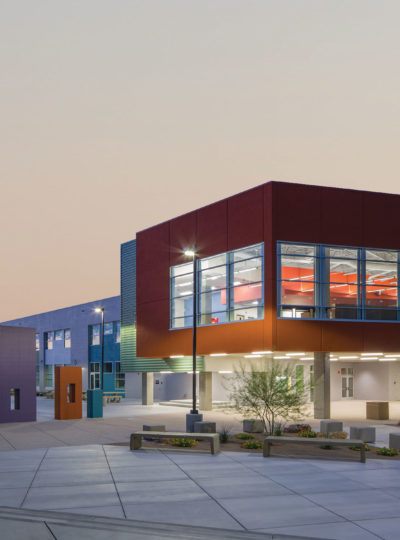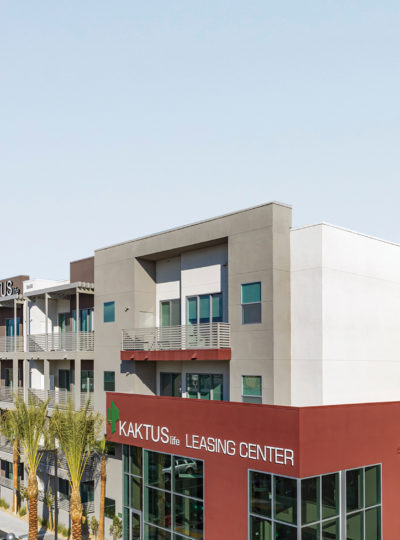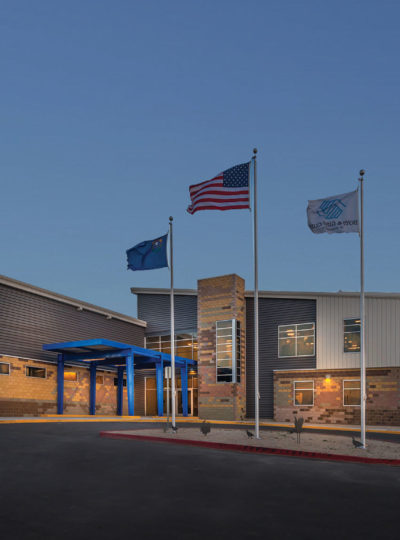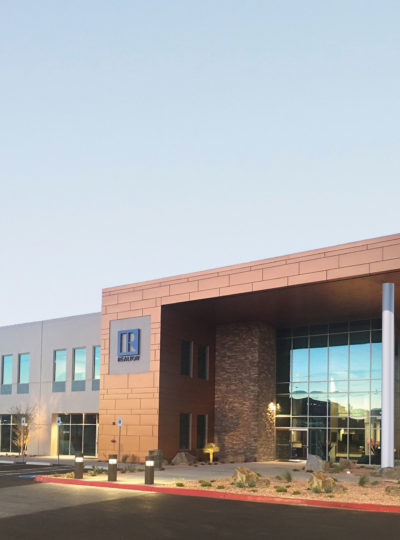
In the world of Architecture and Construction, it seems that the budget of a project has morphed form being “one” of the aspects of a project to “the” aspect of a project. Contractors take the position of protecting the budget above all else. Pressing construction schedules forward to maintain material and labor costs or eliminating unique building features that could be non-standard construction are methods used to maintain budgets and schedules at the detriment of design.
One of the major issues is as Contractors come to the table early in the project, the budget and constructability become the driver of conversations before the design team has the ability to develop a building. Subsequently Architects find themselves defending designs and scope to an owner who, understandably, becomes primarily focused on initial dollars. Design becomes a slave to budget and creativity is limited.
As this is not likely to change in the near future, Architects must go beyond the “norm” to make sure that clients truly receive the best building for their project. The definition of Architecture is “the art or practice of designing and constructing buildings,” and I feel that too often the “design” of a building is examined as only the function of the building by those that contract the check book. The impact of a well-designed, well executed building can, and should, reach beyond the property line. We need to better convince our clients that well-designed buildings, ones that are designed beyond function and minimum codes, are very beneficial. They can more quickly gain tenants, can better and more easily maintain full occupancy, and bring better businesses to the surrounding areas, possibly leading to increased rental rates and driving up demand.
We need a better way to help clients understand the value of good design. There is far too rarely, “Value” in “Value Engineering.” Often, “Value Engineering” is occurring before Architects can complete their design. So how do we solve this? Solutions need to be a seamless team effort. Owners deserve the best project that they can possibly receive and the first question to answer is: what does “best building” mean? Ideally the team involves everyone from the design and engineering team, the owner, and the contractor (in a role that supports good design and not just historic building solutions). It is up to the team to work with an owner so they know that their building can be more than “just” a building. Their building can instead be much closer to “the” building that is everything they desire. As time and money dictate decisions, Architects owe it to the profession as well as the Public to push envelopes and bring great design solutions to clients. Solutions that demonstrate budgets don’t have to be limiting when a team that works together, and pushes the envelope, labor toward what is best for owners and communities.





